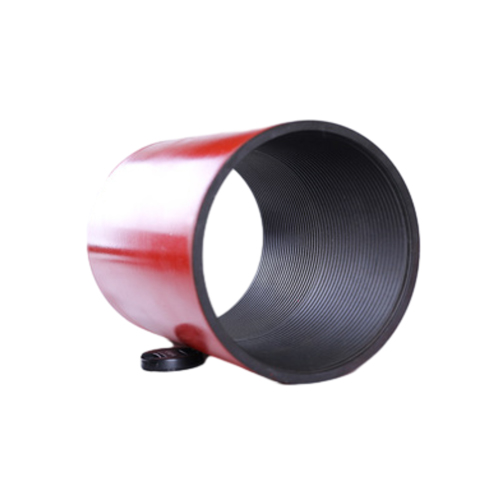- Afrikaans
- Albanian
- Amharic
- Arabic
- Armenian
- Azerbaijani
- Basque
- Belarusian
- Bengali
- Bosnian
- Bulgarian
- Catalan
- Cebuano
- Corsican
- Croatian
- Czech
- Danish
- Dutch
- English
- Esperanto
- Estonian
- Finnish
- French
- Frisian
- Galician
- Georgian
- German
- Greek
- Gujarati
- Haitian Creole
- hausa
- hawaiian
- Hebrew
- Hindi
- Miao
- Hungarian
- Icelandic
- igbo
- Indonesian
- irish
- Italian
- Japanese
- Javanese
- Kannada
- kazakh
- Khmer
- Rwandese
- Korean
- Kurdish
- Kyrgyz
- Lao
- Latin
- Latvian
- Lithuanian
- Luxembourgish
- Macedonian
- Malgashi
- Malay
- Malayalam
- Maltese
- Maori
- Marathi
- Mongolian
- Myanmar
- Nepali
- Norwegian
- Norwegian
- Occitan
- Pashto
- Persian
- Polish
- Portuguese
- Punjabi
- Romanian
- Russian
- Samoan
- Scottish Gaelic
- Serbian
- Sesotho
- Shona
- Sindhi
- Sinhala
- Slovak
- Slovenian
- Somali
- Spanish
- Sundanese
- Swahili
- Swedish
- Tagalog
- Tajik
- Tamil
- Tatar
- Telugu
- Thai
- Turkish
- Turkmen
- Ukrainian
- Urdu
- Uighur
- Uzbek
- Vietnamese
- Welsh
- Bantu
- Yiddish
- Yoruba
- Zulu
Understanding Irrigation Pipe Connections for Efficient Water Management and Installation
Irrigation Pipe Coupling Essential for Efficient Water Management
Irrigation is a crucial part of modern agriculture, ensuring that crops receive the necessary water for optimal growth and productivity. One critical component of an efficient irrigation system is the pipe coupling. These fittings play a vital role in connecting different sections of irrigation pipes, thereby facilitating the seamless flow of water throughout the farmland. In this article, we will delve into the importance, types, and best practices related to irrigation pipe couplings.
Importance of Pipe Couplings in Irrigation Systems
Irrigation pipe couplings serve several essential functions in agricultural water management systems. Firstly, they ensure a reliable connection between pipes, preventing leaks that can lead to water wastage and reduced pressure in the system. A solid connection is necessary to maintain consistent water flow, which is vital for the health of crops. Whether dealing with surface or subsurface irrigation, the stability of the connections can imply the difference between a thriving crop and a withering one.
Secondly, pipe couplings provide flexibility in the layout of irrigation systems. Farmers often need to alter or expand their systems based on crop rotation, seasonal changes, or land modifications. Couplings allow for easy disassembly and reconfiguration of pipes without replacing entire sections, making them a cost-effective solution for dynamic agricultural practices.
Types of Irrigation Pipe Couplings
There are several types of pipe couplings used in irrigation, each designed for specific materials and applications. The most common types include
1. Compression Couplings These are designed for connecting two pipes of the same diameter. Compression couplings are easy to install, as they don’t require welding or additional tools. They work by compressing rubber seals against the pipe ends, creating a watertight connection.
2. Threaded Couplings These fittings use threads to connect two pipes, either of the same or different diameters. They are highly durable and can be utilized in high-pressure systems. However, they require more effort to install and may need thread sealant to prevent leaks.
3. Slip Couplings Slip couplings allow for the connection of two pipes that may be slightly misaligned. They provide enough flexibility to adjust for minor discrepancies in alignment, making them ideal for complex irrigation layouts.
4. Barbed Couplings Commonly used in drip irrigation systems, barbed couplings grip the inside of the hose or pipe. They are easy to install and are particularly effective in low-pressure systems.
irrigation pipe coupling

5. PVC Couplings These couplings are designed for rigid PVC pipes, commonly used in above-ground irrigation systems. PVC couplings provide strength and resistance to corrosion, making them suitable for long-term installations.
Best Practices for Using Irrigation Pipe Couplings
To ensure the longevity and efficiency of an irrigation system, certain best practices should be followed regarding the use of couplings
1. Choose the Right Material Different couplings are made from varying materials, and selecting the appropriate one based on the type of irrigation system in use is crucial. Consider factors such as pressure, temperature, and chemical exposure when selecting your couplings.
2. Ensure Proper Installation Follow manufacturer guidelines for installation to prevent leaks or weak connections. Regular maintenance checks can help identify any issues that may arise.
3. Inspect Regularly Routine inspections of couplings can help detect signs of wear, corrosion, or leaks early. Replacing damaged fittings promptly can save water and avoid more extensive repairs.
4. Use Compatible Fittings Ensure that the couplings are compatible with the pipes you are using. Mixing materials can lead to incompatibility issues and significantly reduce the system's efficiency.
5. Consider Future Expansion When designing your irrigation system, plan for potential expansions. Using flexible couplings can add convenience when it comes to system adjustments.
Conclusion
Irrigation pipe couplings are an essential, often overlooked element of effective water management in agriculture. By understanding their importance, types, and best practices, farmers can enhance their irrigation systems' efficiency and longevity. Investing in quality couplings and adhering to sound maintenance practices will lead to improved water conservation and higher crop yields, contributing to the sustainability of agricultural practices in the long run.
-
Tubing Pup Joints: Essential Components for Oil and Gas OperationsNewsJul.10,2025
-
Pup Joints: Essential Components for Reliable Drilling OperationsNewsJul.10,2025
-
Pipe Couplings: Connecting Your World EfficientlyNewsJul.10,2025
-
Mastering Oilfield Operations with Quality Tubing and CasingNewsJul.10,2025
-
High-Quality Casing Couplings for Every NeedNewsJul.10,2025
-
Boost Your Drilling Efficiency with Premium Crossover Tools & Seating NipplesNewsJul.10,2025







